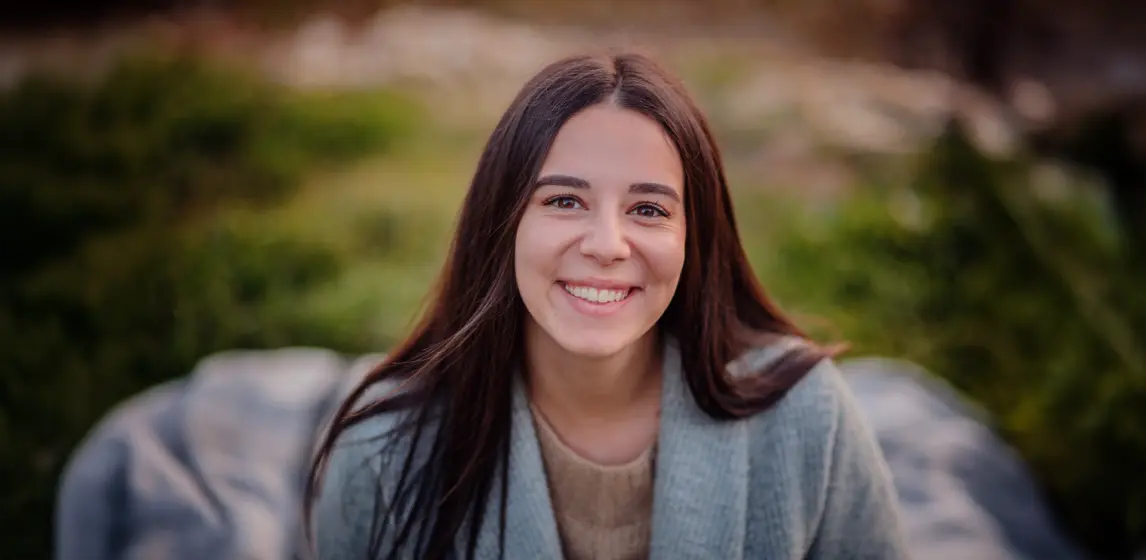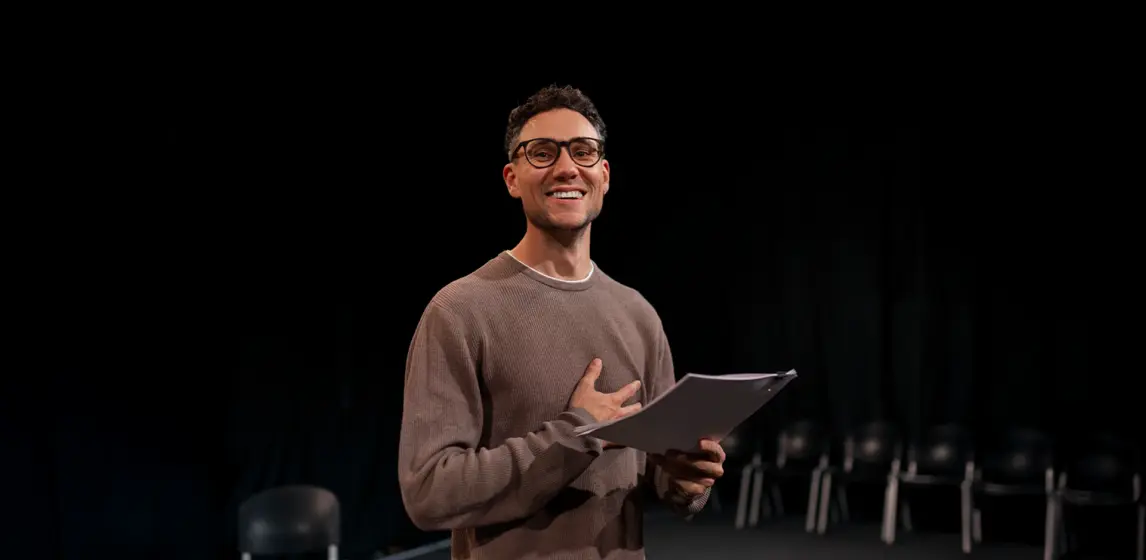Be the change you want to see in your church (+ free download)
 Andy Jung | Apr 29, 2025
Andy Jung | Apr 29, 2025
Though we were not a “high church,” the worship at the church I once pastored was formal and orderly. We expected high-quality worship services, which I appreciated, but there was a lack of warmth in the air. While the congregation loved one another, we also kept people at arm’s length. Consequently, our church felt relationally “cold” and even unwelcoming to visitors. Something needed to change.
As the church leaders and I engaged with the core commitments of Fuller Youth Institute’s Growing Young research, we recognized the need to cultivate warmth in our relationships. We wanted our church to be a place where young people and their families could thrive in faith and community.
Cast vision with a vivid description of the future
The church leaders and I envisioned worship with children, youth, and their families blending seamlessly with older adults. Every generation would use their gifts to lead, through music, sharing stories of faith, and praying together. We imagined a church where relationships formed naturally, laughter and conversation flowed before and after worship, and faith was not just taught but caught through meaningful interactions.
Scripture offers many examples of vivid descriptions of the future that captivated the imagination and provided direction for Christ followers. In their book Future-Focused Church, authors Kara Powell, Jake Mulder, and Raymond Chang explain that biblical leaders, and Jesus in particular, knew how to inspire and capture people’s imaginations by offering stories or snapshots of what God could do in their context. As leaders in ministry, we’re part of a rich lineage that offers hope, shares stories that captivate, and uses imagery to clarify the way forward for those we lead.
Once we had a clear picture of the future of what we wanted to see, my team and I shared it with the congregation. We discussed what our vision could look like and mean for every generation. We clarified what would remain unchanged and where there was room to experiment. Since worship was the most visible expression of our church’s life, we reassured people that we weren’t altering the structure or style—just how we engaged with one another. Our focus was unity because we knew cultural change required collective buy-in.
The leaders and I began to make small shifts to offer keys of leadership to children and youth in worship and integrate them with adults in different spaces:
- Teenagers read Scripture and led in prayer.
- Young people joined the choir, which was primarily comprised of older adults.
- Children helped greet people and hand out bulletins alongside adult volunteers.
These changes made an impact, but we still didn’t see the deep connections we’d hoped for. Interactions before and after services remained minimal, and the sanctuary still felt quiet rather than buzzing with conversation.
Lead by example
I noticed that when people arrived for worship, they would sit quietly in their usual places. A few chatted with their friends, but most kept to themselves. So, I decided to model the behavior I wanted to see. Without making an announcement or giving instructions, I began entering the sanctuary 30 minutes before worship each Sunday and intentionally greeting people. I made small talk, listened to prayer concerns, and celebrated life’s joys with those around me. During that short window of time, I often made more pastoral connections than I did throughout the week.
After a few months of modeling the change we had envisioned, I noticed some lay leaders begin to follow my lead. I saw them moving around the sanctuary, talking with people, catching up on the week, and making deeper connections. It wasn’t long before a buzz filled the room every Sunday before worship as people connected throughout every corner of the sanctuary.
I knew we had truly made progress when leaders started telling me the greeting time during the service wasn’t long enough! People sitting in the back wanted time to make their way to the front and hug friends. In a relatively short time, the relational temperature in the room shifted from cold to cozy.
Culture change is caught, not just taught
By casting our vivid vision and then being the change we wanted to see, this experience reinforced an important truth: culture change happens more through modeling than instruction. People in our church had understood the THERE—the future-focused vision we were aiming for. They’d understood the WHO—the people who would be part of the journey. But it wasn’t until they saw the HOW in action that they began to shift their behavior.
While lasting change requires a group, the process can start with one. As Mahatma Gandhi wisely said, “Be the change you wish to see in the world.” When we modeled the change we wanted to see in order to bring our vivid vision to life, others in the congregation followed. And as momentum began to gather, the church grew warm.
FREE GIFT: Download a printable 3-step ministry vision guide to help you prayerfully envision a vivid future for your church.
A step-by-step roadmap for leading your church through change

We believe the best days of the church are ahead. Church leaders can better navigate change by constructing a map that helps them navigate here (where they are now), there (where God is leading), who (their partners for the journey), and how (the path to navigate into the future). Future-Focused Church helps you craft a plan that will take your church from where it is now to where it longs to be.

More From Us



Sign up for our email today and choose from one of our popular free downloads sent straight to your inbox. Plus, you’ll be the first to know about our sales, offers, and new releases.



